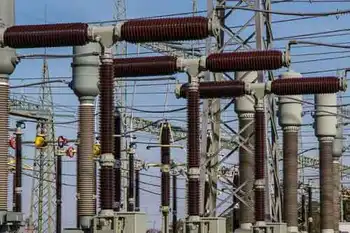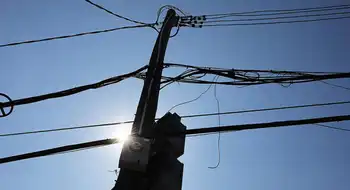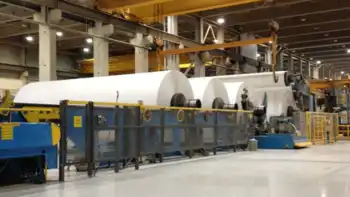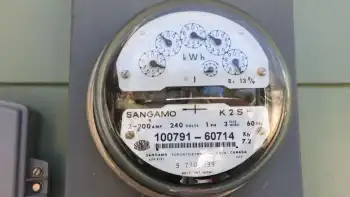GM, Segway unveil two-wheel urban vehicle
By National Post
CSA Z462 Arc Flash Training - Electrical Safety Essentials
Our customized live online or in‑person group training can be delivered to your staff at your location.

- Live Online
- 6 hours Instructor-led
- Group Training Available
The two companies are aiming to have the machine, which looks like a sophisticated rickshaw, to market by 2012. The vehicle would be powered by an electric lithium-ion battery and use on-board communications technology to help drivers steer towards lighter traffic and find parking.
GM and Segway said they started a joint project called P.U.M.A (Personal Urban Mobility and Accessibility) to develop the vehicle, which has a top speed of 56 km/h and a range of 56 km. They say using the two-wheeler in the city would cost one-fourth to one-third the cost of a regular automobile.
Detroit-based GM, operating on (US)$13.4-billion in loans from the U.S. Treasury, is trying to counter the negativity and uncertainty of its future by showing off new ideas as the New York auto show kicks off. The automaker will be forced into bankruptcy protection if it cannot win new cost-cutting agreements with its unions and bondholders by a May 31 deadline.
"I'm hard pressed to criticize a company for trying to innovate. Whether this vehicle takes off right away or provides a whole lot of upside, that's certainly to be determined," said Mike Wall, an analyst at CSM Worldwide in Grand Rapids, Mich.
He said the move may build some credibility for GM among environmentalists and politicians who have blasted the company for failing to move away fast enough from building gas-guzzling SUVs and trucks. "It enhances the image that (General Motors) is looking to other solutions to transportation, particularly in big city settings."
Since its much-hyped introduction in 2002, Segway's Personal Transporter has been bought by airports and other large customers, where staff use them to travel certain distances. But it has failed to break into the mainstream. In part, that was because of the vehicle's $5,000 cost, which Segway has since tried to defray by offering consumer financing through General Electric Co.
Segway and GM may have better luck with the PUMA, which has a roof and operates more like a car. Half the world's 6.7 billion people live in cities and will need new solutions to getting around in congested areas, Larry Burns, GM vice-president of research and development, said in a statement.
"Imagine small, nimble electric vehicles that know where other moving objects are and avoid running into them. Now connect those vehicles in an Internet-like web and you can greatly enhance the ability of people to move through cities, find places to park and connect to their social and business networks."
GM rival Toyota Motor Corp. has been working for years on developing new transportation beyond traditional cars and trucks as urban populations grow more dense and the massive baby-boomer cohort ages.
Toyota last year filed a trademark application with the Canadian Intellectual Property Office for a motorized wheelchair it calls "Winglet," part of a wider effort to commercialize a new series of personal mobility vehicles. U.S. demand for wheelchairs and other personal-mobility devices will grow 5% per year through 2010, to an estimated (US)$3.6-billion, according to a report by the Freedonia Group, an industry market-research firm.
GM's announcement comes as the automaker also prepares to unveil its new GMC Terrain family-hauler at the New York show. The vehicle, which will be built at the automaker's CAMI Automotive joint venture plant in Ingersoll, Ont., joins the Chevrolet Camaro as one of only a handful of new models scheduled for production launches in Canada this year.











